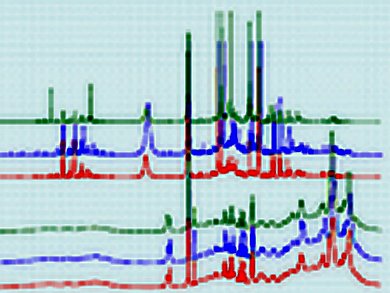In 1995, the first book devoted to the applications of magnetic resonance to food science was published: Annual Reports in NMR Spectroscopy by G. A. Webb, P. S. Belton and M. J. McCarthy. 17 years later, the basis of the techniques applied has remained the same, but magnetic resonance has proved itself to be a tool of remarkable flexibility, constantly developing and reinventing itself as new challenges emerge.
The most notable change might be the use of high-resolution NMR methods. This shift has come about in part because of the increased interest in nutrition and metabolism and the availability of higher fields. There has also been a continual incremental improvement in a range of technologies such as radio frequency engineering, faster and better digitization and new pulse sequences. Another change has been the application of multivariate statistics in increasingly sophisticated form.
The third and perhaps most important change is a paradigm shift from a view of NMR as a structural determination method to one as an analytical technique. The latest applications of NMR for analysis focus on protons as the nucleus of interest because of the obvious advantages of sensitivity and ubiquity.
The special issue Magnetic Resonance in Food: Dealing with Complex Systems published by the journal Magnetic Resonance in Chemistry edited by Peter Belton, University of East Anglia, Norwich, UK, and Francesco Capozzi, University of Bologna, Italy, represents a contemporary snapshot of the state of the art.
- Special Issue: Magnetic Resonance in Food: Dealing with Complex Systems,
Magn. Reson. Chem. 2011, 49 (S1).



